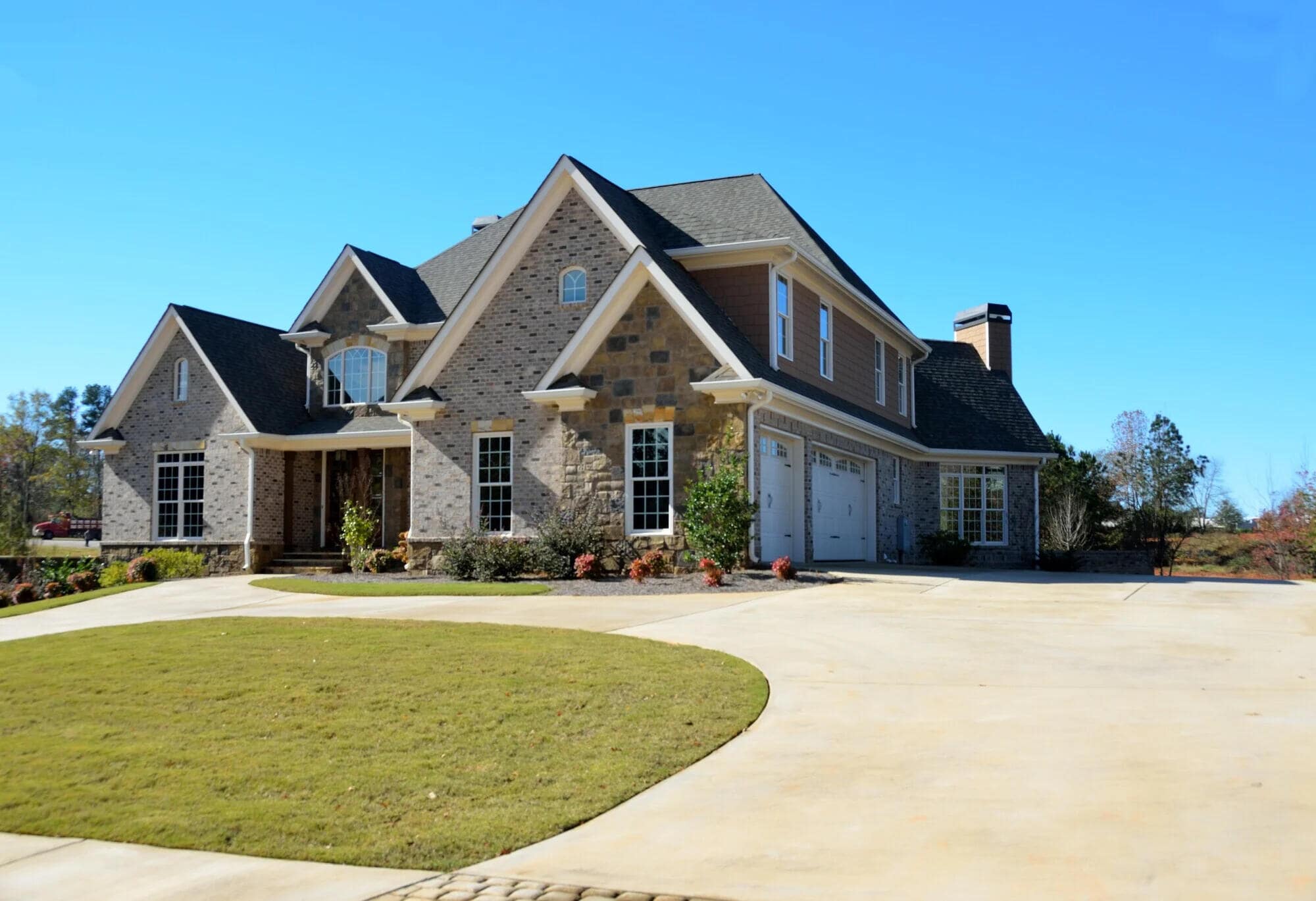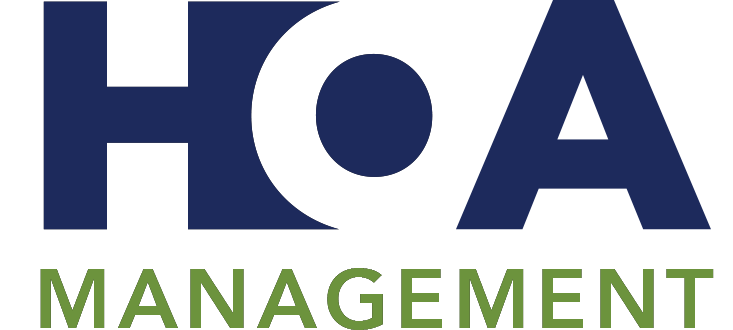Elevate Your Residential Neighborhood's Effectiveness With Customized HOA Monitoring Strategies
In the realm of property area monitoring, the execution of customized HOA approaches stands as a pivotal consider driving performance and cultivating an unified living setting. By tailoring monitoring strategies to match the distinct requirements and dynamics of each community, a more effective and streamlined procedure can be accomplished. From optimizing budget allocation to enhancing interaction systems, the advantages of tailored HOA management strategies are far-reaching. As we explore the ins and outs of this specific method, a much deeper understanding of its influence on neighborhood cohesiveness and operational effectiveness emerges, offering a glance into the transformative possibility it holds for property communities.
Significance of Tailored HOA Management
Customized HOA management is critical for enhancing the functional effectiveness and area fulfillment within domestic areas. By customizing administration strategies to fit the special demands and dynamics of each home owners association (HOA), the total effectiveness of the neighborhood can be significantly improved. Customizing HOA monitoring involves a detailed evaluation of the details requirements, challenges, and objectives of the household area, enabling for the application of targeted services that resolve these factors.
By recognizing the choices and concerns of the locals, HOA managers can make certain that plans and efforts line up with the expectations of the community participants, promoting a sense of inclusivity and cooperation. Generally, tailored HOA management plays an essential duty in promoting harmony, performance, and complete satisfaction within domestic areas.
Streamlining Procedures for Performance
Efficient operations are crucial for optimizing the performance and efficiency of property neighborhood monitoring. Streamlining operations can cause cost financial savings, improved solutions, and raised resident fulfillment. One essential aspect of enhancing procedures is executing modern technology services customized to the certain requirements of the area. This can include software application for managing maintenance demands, interaction platforms for residents, and on the internet settlement systems for dues. By digitizing processes, documentation is reduced, communication is boosted, and tasks are completed extra efficiently.

Enhancing Communication Channels
To optimize residential community management even more, a vital focus lies in improving communication channels to foster smooth communications and information dissemination amongst homeowners, team, and board participants. Clear and effective communication is important for guaranteeing that all stakeholders are kept informed, involved, and straightened with the neighborhood's campaigns and objectives. Applying varied communication channels such as e-newsletters, e-mails, community forums, social media sites systems, and mobile applications can help with real-time updates, event news, policy changes, and basic neighborhood news.
Moreover, developing a central communication center or system where locals can access important records, submit maintenance requests, or elevate issues can enhance openness and improve procedures. Motivating active engagement through studies, comments kinds, and neighborhood meetings can likewise provide important insights and advertise a sense of area involvement and possession (austin hoa management companies). By leveraging innovation and cultivating open communication channels, domestic areas can cultivate a natural environment where info moves effectively, cultivating collaboration and unity among citizens, staff, and board members
Building Neighborhood Engagement

Recognizing and valuing the payments of engaged locals through initiatives like volunteer programs or area honors can additionally incentivize active involvement and reinforce the sense of neighborhood pride and possession. By concentrating on building community interaction, household neighborhoods can cultivate a more vibrant, linked, and harmonious living environment for all homeowners.
Practical Insights for Optimization
Structure upon the structure of solid neighborhood involvement, functional understandings for optimization deal beneficial approaches to boost the overall performance and efficiency of property neighborhood administration. One vital facet of optimization is the application of technology remedies tailored to streamline management tasks. Utilizing specialized software for monetary management, interaction, and maintenance tracking can considerably enhance and lower hands-on initiatives accuracy. In addition, carrying out normal assessments of neighborhood needs and obtaining feedback from citizens can help in determining locations for improvement and tailoring administration techniques as necessary.


Essentially, by integrating these sensible understandings into the household area monitoring method, HOAs can maximize their procedures, boost resident satisfaction, and eventually create a more harmonious living atmosphere for all area members.
Final Thought
In final thought, tailored HOA management techniques play a critical function in improving the efficiency of household neighborhoods. By streamlining operations, boosting interaction channels, and cultivating neighborhood interaction, HOAs can enhance their overall efficiency. It is vital for HOAs to apply practical understandings and methods to ensure the smooth functioning of the community and to develop a harmonious living environment for all residents.
Applying diverse interaction networks such as e-newsletters, e-mails, area online forums, social media systems, and mobile applications can facilitate real-time updates, event news, policy changes, and basic area news. - austin hoa management companies
Building solid area engagement within a property area cultivates a sense of belonging, motivates energetic engagement, and enhances social connections among citizens. Recognizing and valuing the contributions of involved residents with efforts like volunteer programs or community honors can better incentivize active participation and strengthen the feeling of neighborhood satisfaction and ownership. By concentrating on building community interaction, residential areas can cultivate an extra dynamic, connected, and unified living environment for all residents.
Building upon the structure of strong neighborhood engagement, useful understandings for optimization offer useful techniques to boost the general performance and effectiveness of residential neighborhood monitoring.